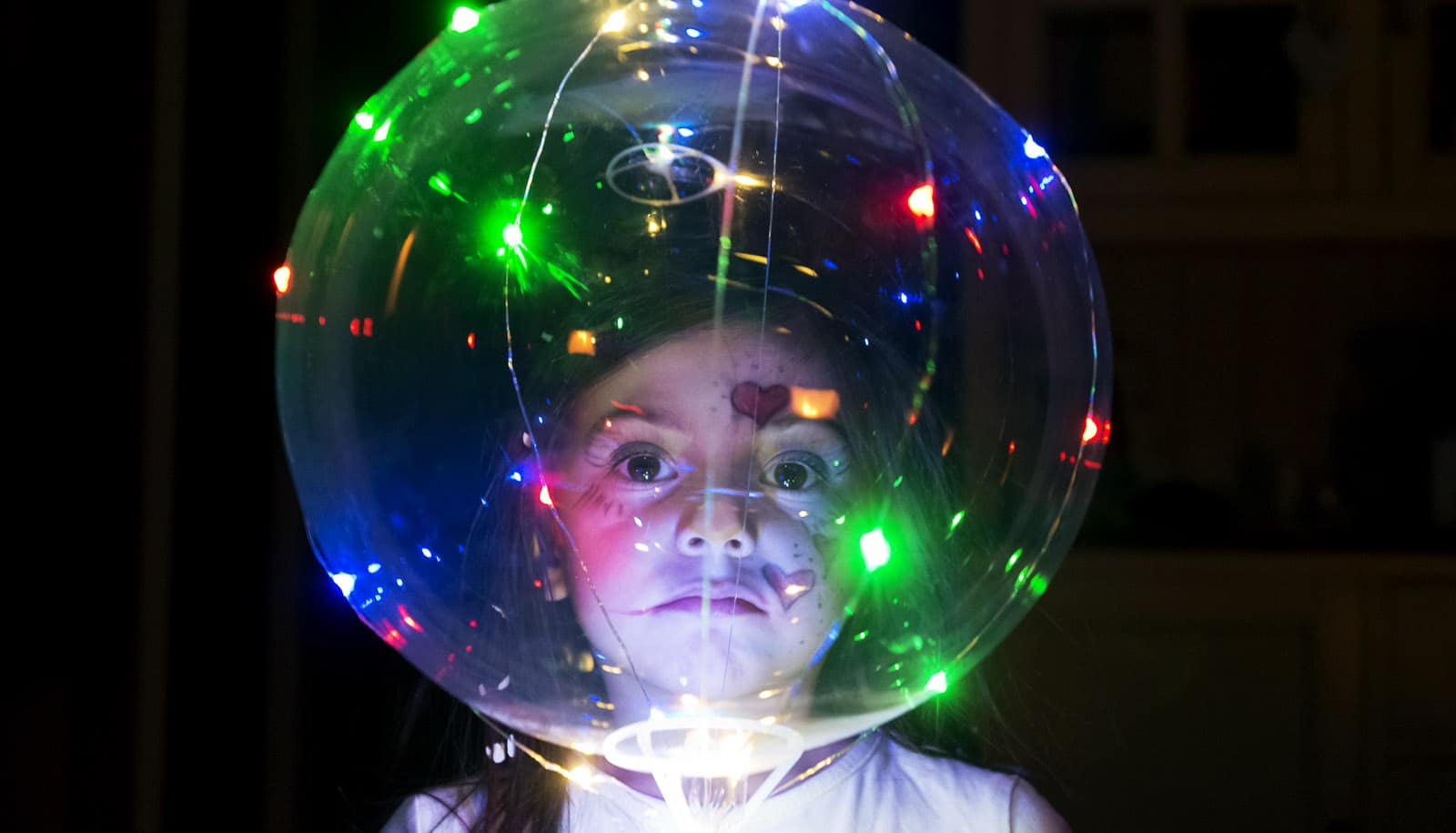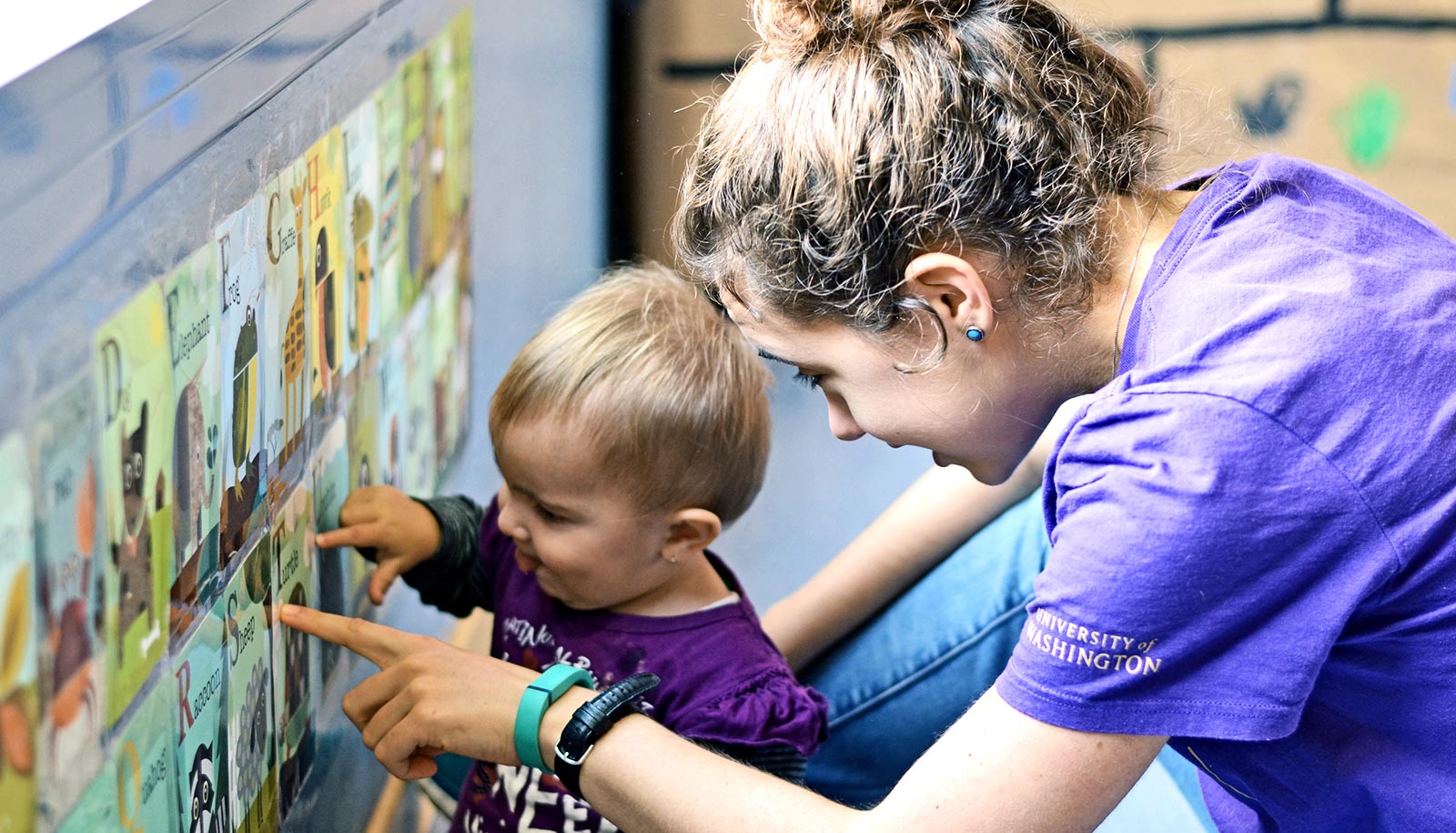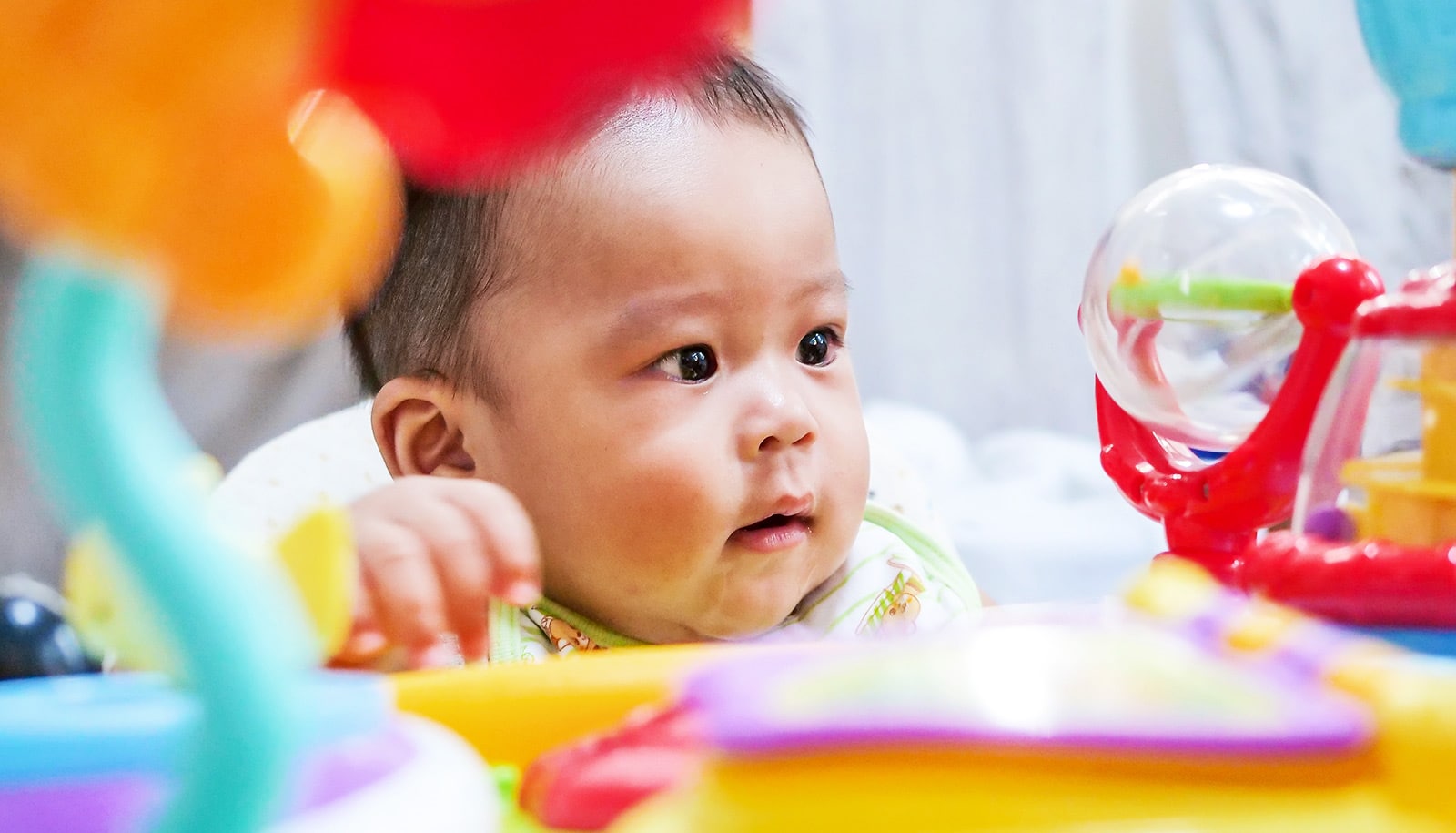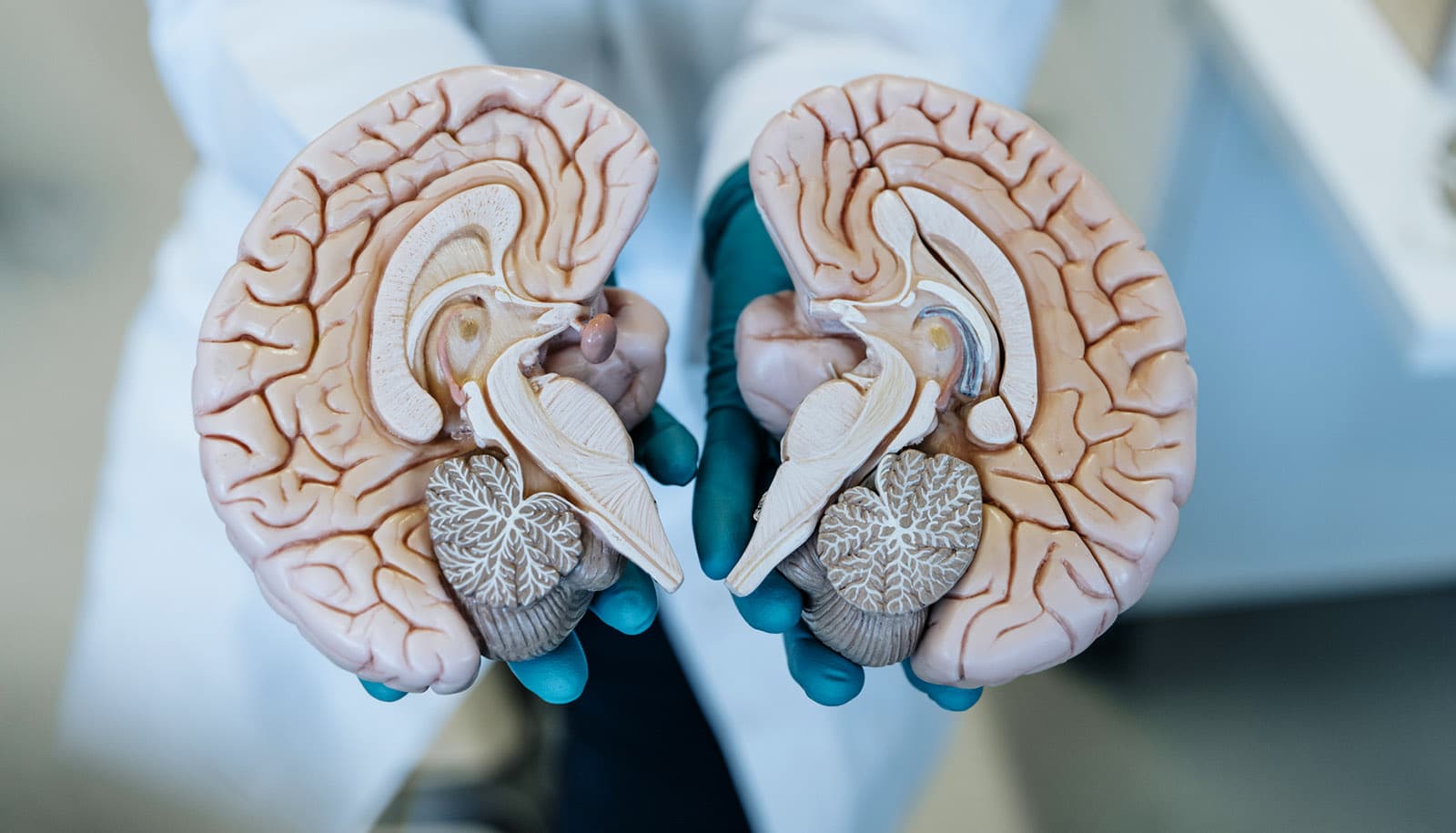New research clarifies how children can learn so much more efficiently than adults can.
GABA is the abbreviation for the neurotransmitter γ-aminobutyric acid. In the study, published in the journal Current Biology, researchers explain GABA’s crucial role in helping children process new information and prepare their brains to learn and store even more.
“What we found is a rapid increase in GABA in children, associated with learning,” says lead study author Takeo Watanabe, a professor of cognitive and linguistic sciences at Brown University.
Up until now, there has been no clear neuroscientific evidence to explain why children learn more efficiently than adults. What has been known, for at least a century, is that the adult brain needs a cooling-off period after learning new information.
Shortly after learning something new, the neural network involved as adults process information is still flexible, or “hot,” Watanabe says. If the same or similar neural network is needed to learn something else too soon, the information that was just recently processed can be destroyed—effectively overridden. This well-known phenomenon is called retrograde interference, he explains.
The neurotransmitter GABA plays an important role in helping the brain consolidate new info, Watanabe says. It “stabilizes” the network so that subsequent learning doesn’t override what was already there and defends knowledge against retrograde interference. Yet this kind of GABA inhibitory processing is not fully matured in children, he says. Kids have lower levels of GABA—it’s why they have less inhibitory abilities and weaker impulse control than adults.
So if GABA is necessary to set the brain up to learn consecutive items, and children have less GABA than adults, then how are children able to, as Watanabe puts it, “learn and learn and learn and learn?”
In previous studies, the concentration of GABA in children had been measured only at one point in time, in a context unrelated to learning. To understand mechanisms of learning, the scientists realized, they needed to examine how the concentration of GABA changes in association with different stages of learning.
For the study, the researchers, including Watanabe and Sebastian Frank, who was a postdoctoral researcher in Watanabe’s lab and is now leading an independent research group at the University of Regensburg in Germany, took a different approach.
Using an advanced imaging technique called functional MRS, they measured the concentration of GABA in early visual cortical areas before, during and after learning sessions. They then compared the concentrations between children (ages 8 to 11) and adults (ages 18 to 35).
They found that before learning begins, the overall amount of GABA in children is indeed smaller than in adults, Watanabe says. However, the researchers found that children exhibited a rapid boost in GABA concentration in the second round of learning, while the concentration of GABA in adults did not change.
“Consecutive learning sessions seemed to increase the concentration of GABA in children, allowing the learning that had just occurred to be rapidly stabilized,” Frank says.
In subsequent behavioral experiments, the researchers found that resilience to retrograde interference, and therefore stabilization, indeed occurred within minutes after the sessions ended for children. Adults, on the other hand, remained in what the researchers called a more fragile state of learning for at least one hour after the session.
The results of the experiments suggest that compared with adults, children exhibit more dynamic GABA-associated inhibitory processing, which more rapidly adapts to stabilize learning than in adults, the researchers conclude.
“This rapid stabilization of learning in children enables them to learn more items within a given period of time and makes learning more efficient in children than adults,” Frank says.
While the experiments focused on visual learning, Watanabe says that the findings could be generalized to other types of learning involving memory. What’s also exciting, he says, is that the findings about children’s learning could be used to help adults learn more efficiently.
“For example, a new technology or therapy could be developed to increase the amount of GABA in the brains of adults,” Watanabe says. “That is one possible application.”
The Fred M. Seed Foundation and the US-Israel Binational Science Foundation supported the work.
Source: Brown University



